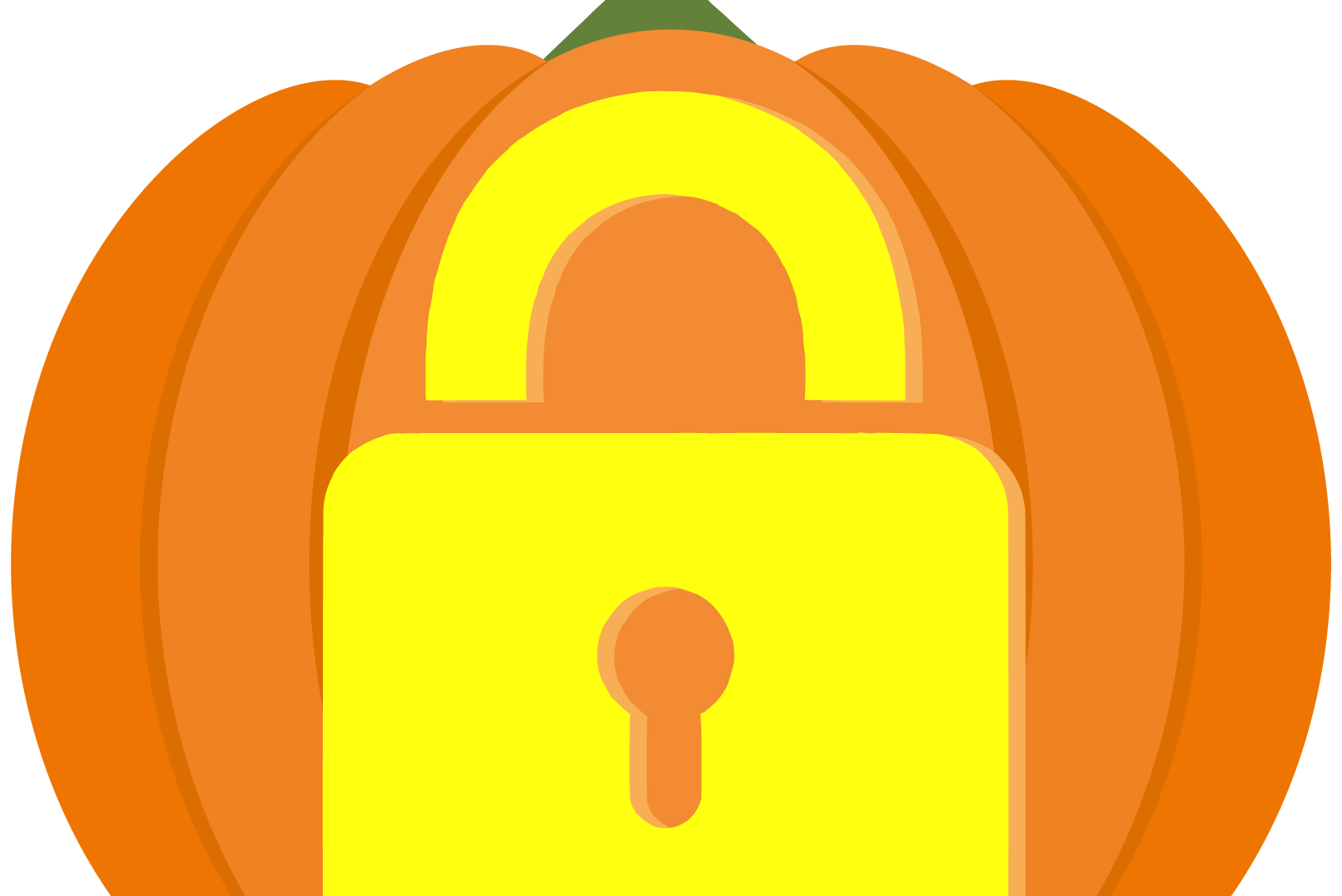October is National Cyber Security Awareness Month, and while we love a good scare on Halloween, we definitely don’t want any surprises when it comes to online safety. This post is dedicated to making sure you and your students are cyber-secure with the latest updates and best practices for devices. Let’s keep our digital footprint safe and sound!
The following Tips can help you improve your cyber-awareness and protect the privacy of you and your students.
Use a Multi-Factor Authentication (MFA)
Get an extra layer of defense against hackers when you log in with MFA. It’s like a text with a secret code that self-destructs after one use.
Use a strong password or better yet, a passphrase
Don’t use the same password everywhere! Mix it up with letters, numbers, and symbols. The longer, the better, and passphrases can help. Here’s an example of a passphrase: I first went to Disneyland when I was 4 years old and it made me happy: I1stw2DLwIw4yrs&immH
Keep your software up to date
It reduces the risk of infection from software installed by hackers that can steal your information or spread viruses in your computer.
Use secure Wi-Fi
Public networks and hotspots are unsecured. Someone could see what you’re doing online. Limit what you do on public Wi-Fi and especially avoid logging in to key accounts like email and bank accounts.
Beware of phishing emails
Phishing is when cyber criminals try to steal information, like passwords, by pretending to be someone they’re not. They may send fake emails or messages trying to make you click on dangerous links or open harmful files. Most cyberattacks begin with phishing, so if an email seems weird, be careful, check who’s sent it and if their email matches who they say they are.

